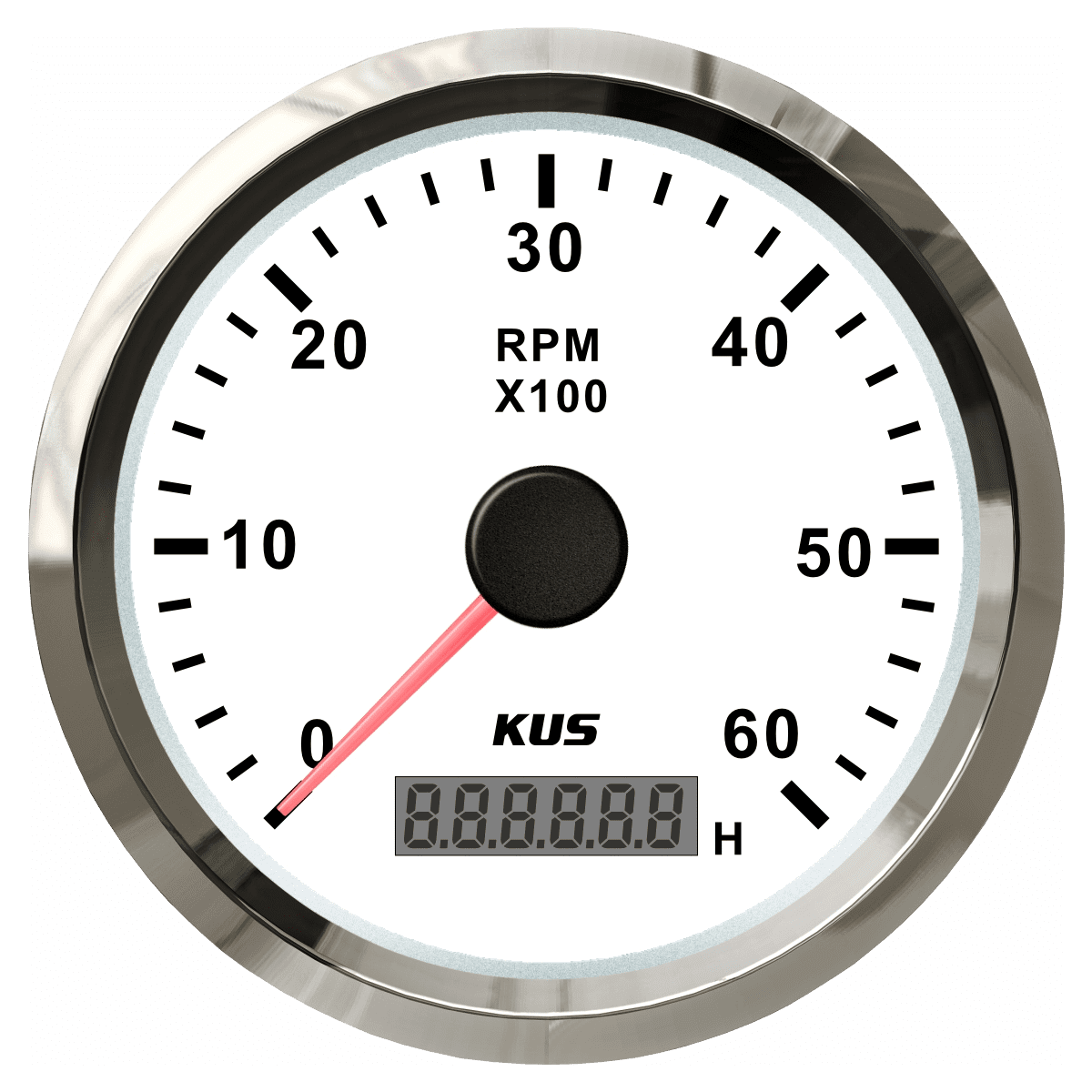Trick Reasons That Having a Tachometer Is Essential for Keeping Engine Health And Wellness and Performance
This humble yet crucial instrument plays an essential function in the upkeep of an engine's health and wellness and efficiency. By offering real-time data on engine rate and RPM degrees, a tachometer uses important insights that directly influence the efficiency and durability of the engine. Let's explore the key factors behind its essential function in preserving engine health and performance.
Protecting Against Engine Over-Revving

To safeguard the engine from possible damage, it is vital to execute measures that stop over-revving, a method that can result in pricey repair services and decreased engine lifespan. Over-revving takes place when the engine's rotational speed goes beyond the maximum limit set by the manufacturer, triggering undue tension on internal components such as pistons, valves, and connecting rods. This too much stress can result in mechanical failings, including curved valves, harmed pistons, and even catastrophic engine failing.
One effective action to avoid over-revving is the installation of a rev limiter. A rev limiter is a gadget that controls the maximum RPM (changes per minute) of the engine by either removing fuel circulation or spark to the engine when the pre-set limitation is gotten to. Additionally, enlightening chauffeurs and drivers on the importance of checking engine RPM through the tachometer can assist prevent unexpected over-revving. Normal maintenance checks to make sure the engine remains in optimal condition can additionally aid in stopping over-revving cases and prolonging the engine's life expectancy. By taking on these preventive procedures, the threat of engine damages due to over-revving can be considerably decreased.
Maximizing Gas Intake
Efficient fuel consumption plays an essential function in maximizing the efficiency and sustainability of an engine. tachometer. Maximizing gas consumption not just aids in reducing functional prices yet additionally decreases the ecological influence of lorry exhausts. By making use of a tachometer to check engine rate and change driving practices appropriately, chauffeurs can achieve better gas performance
Preserving a consistent speed and avoiding abrupt velocities and slowdowns can considerably improve gas economic situation. Furthermore, correct equipment choice based on the tachometer analyses makes sure that the engine operates within its optimum array, resulting in more reliable fuel combustion.
Routinely monitoring the tachometer can additionally help recognize any type of inefficiencies or mechanical concerns that may be affecting gas usage. For example, an abrupt boost in gas usage without a corresponding modification in driving practices can indicate a trouble that needs focus.
Tracking Engine Wellness
Checking engine health is important for guaranteeing ideal efficiency and long life of the lorry. By utilizing a tachometer to keep track reference of engine speed, motorists can identify abnormalities that might indicate potential issues with the engine. A tachometer provides real-time information on engine revolutions per minute (RPM), allowing drivers to identify any unusual spikes or drops in RPM that could signal problems such as misfires, damaged components, or engine getting too hot.

Routinely keeping track of engine health through making use of a tachometer makes it possible for vehicle drivers to resolve concerns immediately before they escalate and cause substantial damage. Discovering a decrease in RPM can suggest fuel distribution issues or a clogged air filter, while an abrupt boost in RPM may web direct to issues with the transmission or exhaust system. By remaining alert and responsive to modifications in engine performance, vehicle drivers can stop costly repair services and guarantee the total health and wellness and performance of their automobile.
Extending Engine Life Expectancy
Ensuring the long life of an engine needs diligent upkeep practices and mindful surveillance of essential efficiency indicators. Prolonging an engine's life-span is important for reducing general lorry maintenance expenses and staying clear of unexpected malfunctions. A tachometer plays a substantial role in this element by supplying real-time data on engine rate, permitting drivers and auto mechanics to make educated choices to prevent extreme deterioration.

Furthermore, normal upkeep based upon tachometer analyses, such as prompt oil modifications and ignition system replacements, can considerably add to extending the engine's longevity. Overall, including a tachometer right into regular engine tracking methods is vital for protecting the engine's health and efficiency over the long-term.
Conserving Money on Repairs
A tachometer assists in monitoring the engine's RPM (transformations per min), allowing vehicle drivers to operate next page within the suggested array. By staying within these ideal RPM degrees, excessive stress on the engine can be prevented, lowering the possibility of expensive fixings due to overworking the engine.
Moreover, by utilizing the data from a tachometer to practice smooth velocity and slowdown, drivers can extend the life expectancy of their automobile's parts, ultimately saving money on upkeep and substitutes. On the whole, the insights offered by a tachometer equip motorists to make enlightened choices that can prevent unnecessary deterioration on the engine, causing substantial price financial savings in the future.
Conclusion
To conclude, a tachometer plays an important duty in keeping engine wellness and effectiveness by preventing over-revving, optimizing fuel consumption, keeping track of engine health, extending engine lifespan, and saving money on repairs. It is an essential tool for ensuring that the engine runs within safe restrictions and performs at its ideal, inevitably adding to the durability and general performance of the vehicle.